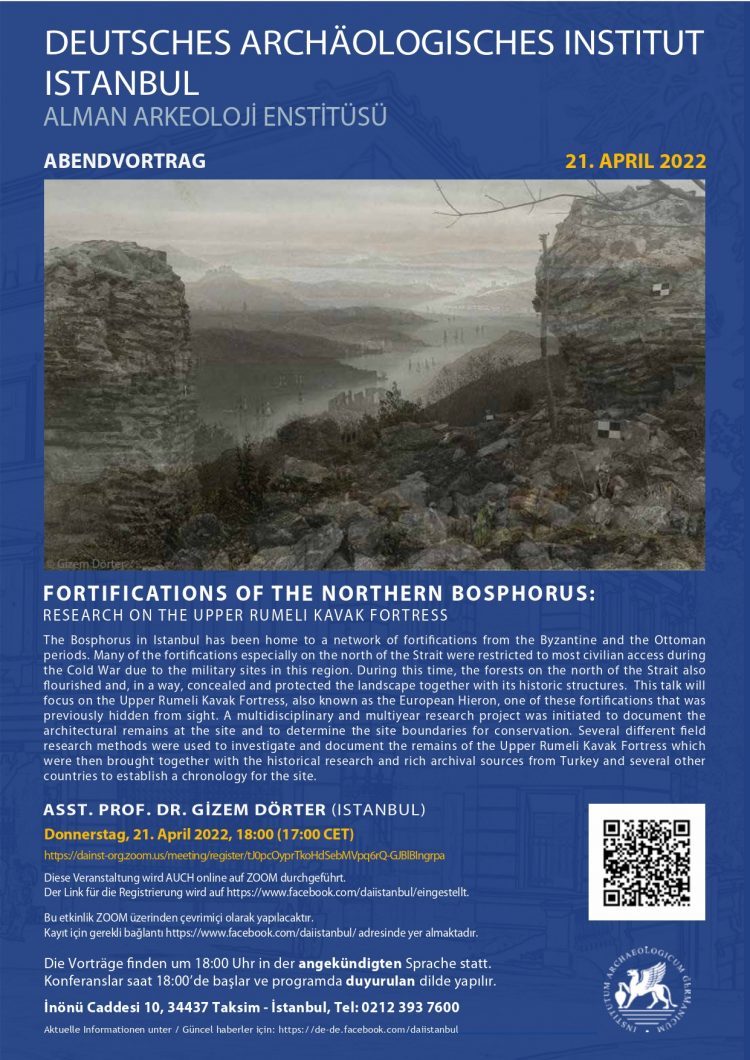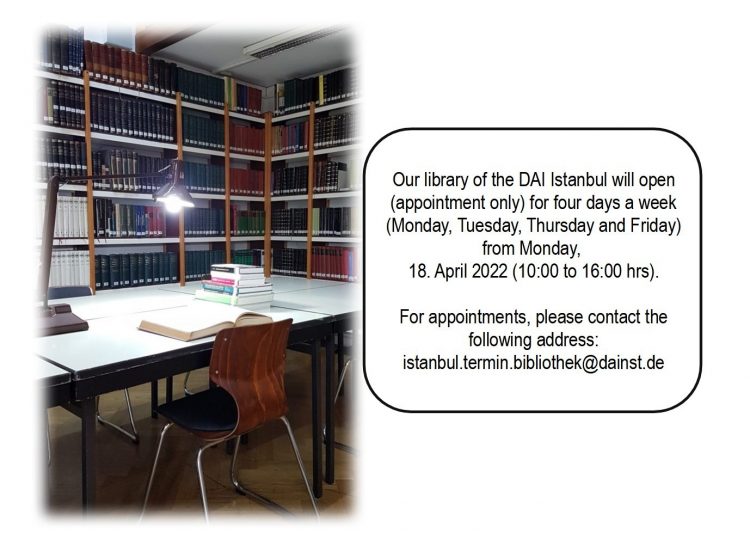Photo of the Month – May 2022
D-DAI-IST-R26184 , W. Schiele (1989) In the photo of the month, we see the young librarian Ali Akkaya working at the typewriter in the old building of our institute in Sıraselviler. Before the digital cataloging system was introduced in 2001, every record of the library was typed and reproduced manually. In 1989, when the Istanbul […]










